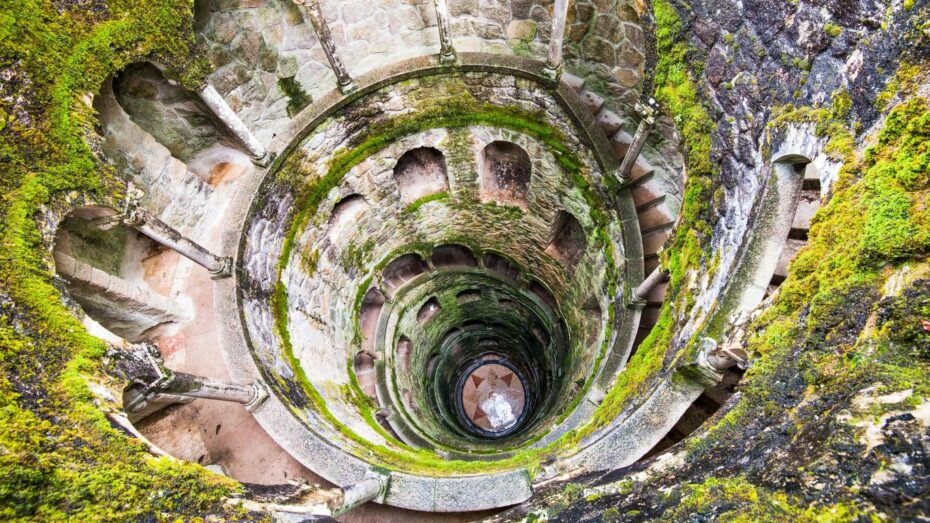
Hidden behind a cluster of moss-covered boulders in a Portuguese garden lies a well. It’s no ordinary well, as you’ll see when you push the stone slab that leads you to the top of an inverted tower that plunges into an underworld. With curving arches flanked by ionic columns, lichen and moss-clad stone dripping with water and 23 mysterious empty niches, the stairway leading you down resembles something out of Pan’s Labyrinth or Susanna Clarke’s novel Piranesi. The mysterious tower spirals down nine flights of stairs to a depth of 27 metres. As you descend into the lower levels, water creeps up the steps as you approach the rose and cream granite flagstones at the base forming a compass shape with a Templar cross at its heart. Once you’ve reached the bottom, an entrance leads you into a subterranean labyrinth illuminated by a single strip of fairy lights guiding you into the darkness.
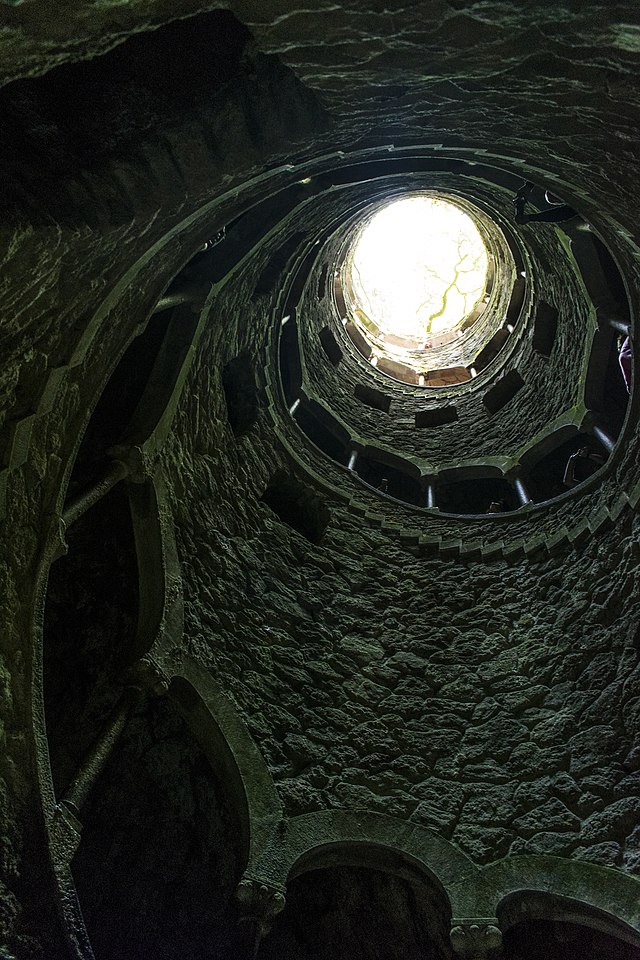
This well was never made for collecting water but for Templar Masonic initiations.
You’ll find the Poço Iniciático (Initiation Well) in the Quinta da Regaleira in the town of Sintra, located some 30 kilometres outside Lisbon. Set up on the top of the misty forest-covered hills overlooking the Atlantic Ocean, Sintra is populated by mysterious palaces and Medieval castle walls. Lord Byron came here and described the lush green setting of the Sintra Mountains as a “glorious Eden.” You can feel history whispering through the trees, which was part of the lure for Brazilian businessman António Augusto Carvalho Monteiro, dubbed the wealthiest man in Portugal at the time, to settle down and construct his eccentric garden steeped Pagan, Christian, Masonic, Templar, and occult symbolism, which was completed in 1911.
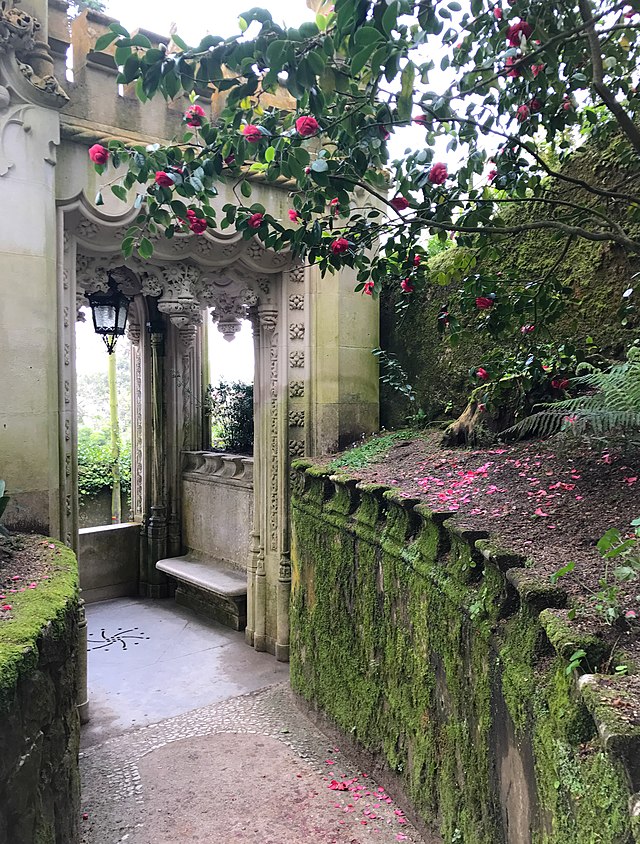
Some say that Carvalho Monteiro was a member of the Knights Templar himself, although not the warrior monks who protected travellers to the Holy Land in the Middle Ages, but a fraternal order belonging to the Freemasons. Either way, his love for symbolism and rituals is prevalent throughout Quinta da Regaleira. Carvalho Monteiro bought the property once belonging to the Baroness da Regaleira in a public auction in 1893 and commissioned Luigi Manini to design the house and transform the garden into an estate full of magnificent symbolism.
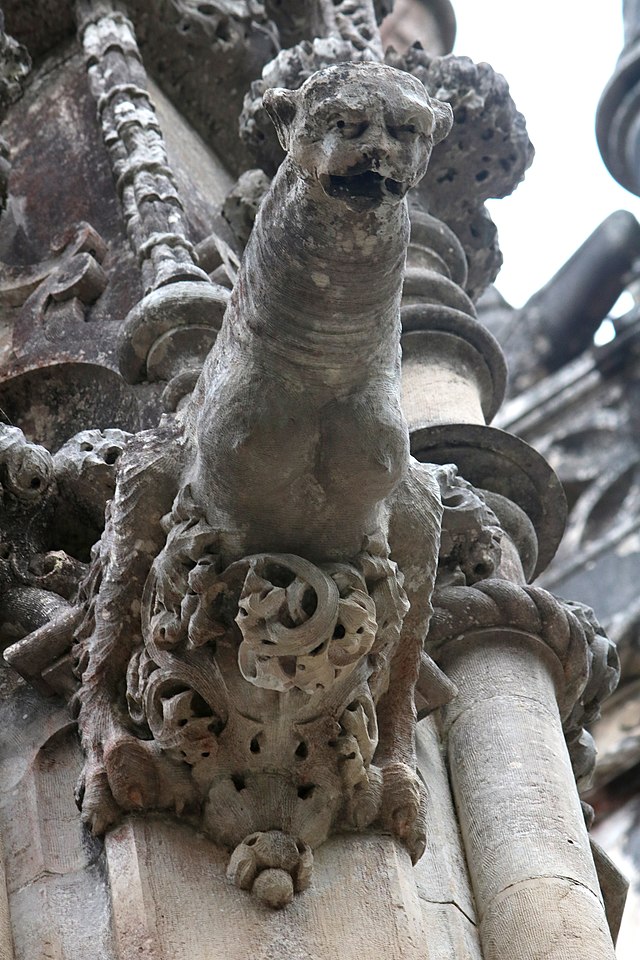
The land once belonged to the original and mysterious Knights Templars, a Catholic military order of monastic warriors steeped in legend. Some believed they dabbled in the occult and held secretive rituals, while others say they were custodians of the Holy Grail and the Ark of the Covenant. They were branded heretics by King Philip IV of France, who simply wanted to avoid paying back his debt to the knights, and were persecuted all over Europe. However, Portugal gave the Knights Templar refuge, and King Alfonso Henriques even donated the region of Sintra to the Templar Order. Carvalho Monteiro was likely to have known of this history and may have even influenced his decision to construct his unusual garden here.
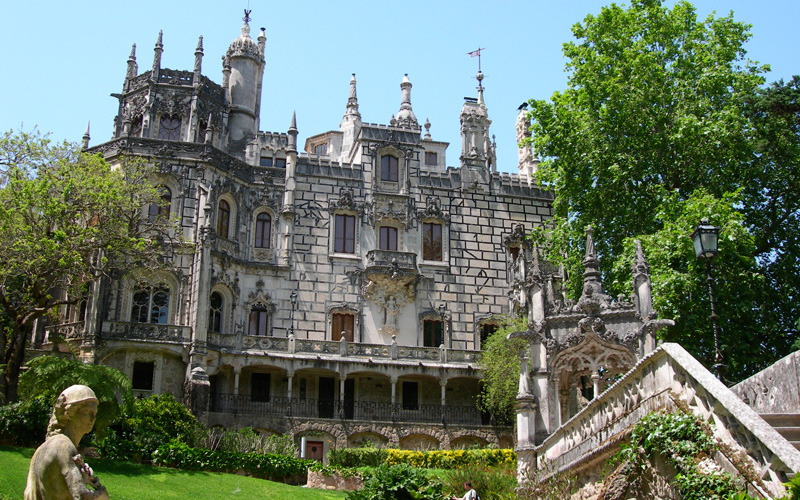
There are many possible interpretations concerning the symbolism of the well. The Poço Iniciático spirals down through nine levels comprising 15 steps that some occultists say represent the nine levels of Hell from Dante’s Infernos.
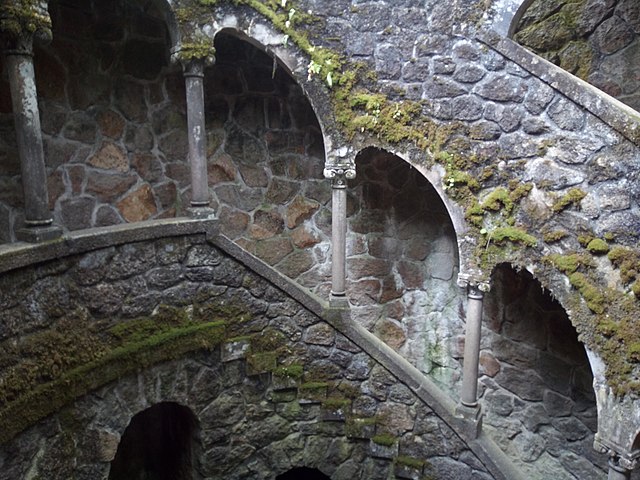
Others say the landing spacing and the number of stairs are linked to tarot mysticism. However, according to Portuguese historian João Rodil, in a short documentary by the BBC, it’s more likely the number nine in the Poço Iniciático represents the eight Knights Templar and the Grandmaster, who founded the original Order of the Knights Templar on Temple Mount, Jerusalem in 1119. Even the floor–with its eight-pointed star that resembles a compass with the Templar cross inside–represents the eight knights and the Grand Master (with the cross symbolising the latter). Other interpretations of the floor link it to Rosicrucian symbolism, where the “Rose of the Winds” – an eight-point compass rose with four cardinal and four ordinal directions are superimposed on the Templar Cross.
 The Temple of the Rose Cross, Teophilus Schweighardt Constantiens, 1618.
The Temple of the Rose Cross, Teophilus Schweighardt Constantiens, 1618.
Rodil also says that the well was used as an initiatory path in the Templar Masonry tradition. Although Freemasons do not have to be Christian, the Portuguese Freemasons were also Christians and were Templar Masons, being Freemasons who were Christian and embraced the symbolism of the Knights Templar.
So, what did this ritual look like? According to Rodil, the candidate would arrive at the top of the well blindfolded. He (Freemasons are exclusively men) would not know where he was and would descend the well clutching a sword close to his chest. Once at the bottom of the well, the initiate would choose his own path through the labyrinth (we can safely assume that the guiding fairy lights on the ground were not in the place those days).
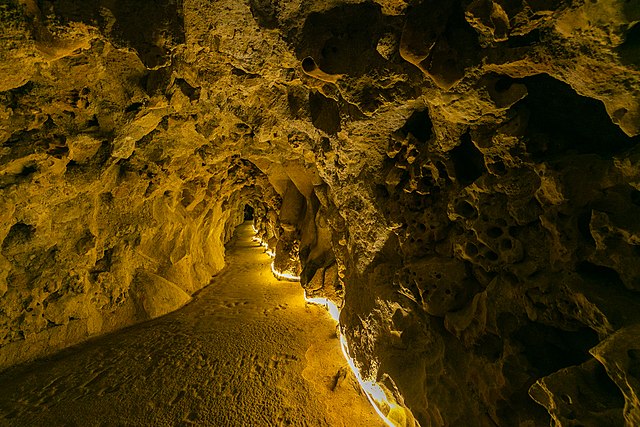
If all went well, we hope at least, he would pass through the Gruta do Oriente (Grotto of the East) and come out the other side, crossing the stepping stones at the Lago da Cascata (Lake of the Waterfall), symbolising “Christ walking on water” and would end the initiation by entering the chapel. Like the rest of the garden, the chapel also has another below ground, where the crypt is located, where the initiate would be greeted and welcomed into the brotherhood.
The initiation represented overcoming the darkness to reach the light, a symbolic rebirth if you will.
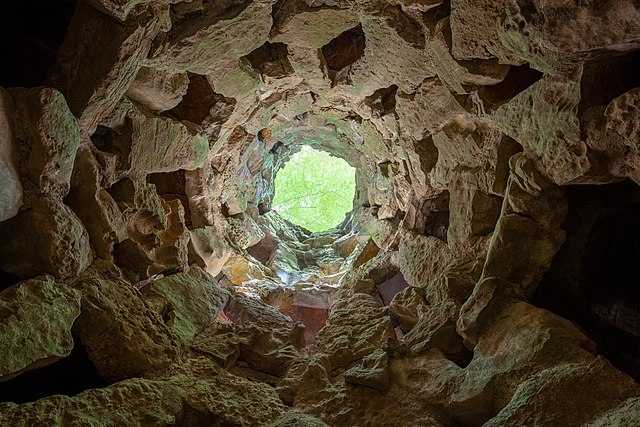
Another curiosity in the Quinta da Regaleira is that there are not one but two of these wells. The labyrinth running below the estate from the Poço Iniciático is also connected to the unfinished tower of the Poço Imperfeito (the Unfinished Well). Although the Poço Iniciático sees more people taking selfies these days than Templar Masonic initiates, the Poço Imperfeito remains hidden and mostly unknown by many visitors. You can see the tower structure here and even ascend the levels, but it’s rougher. No finely carved columns or intricate Templar symbolism here, but it feels like something more prehistoric or ancient.
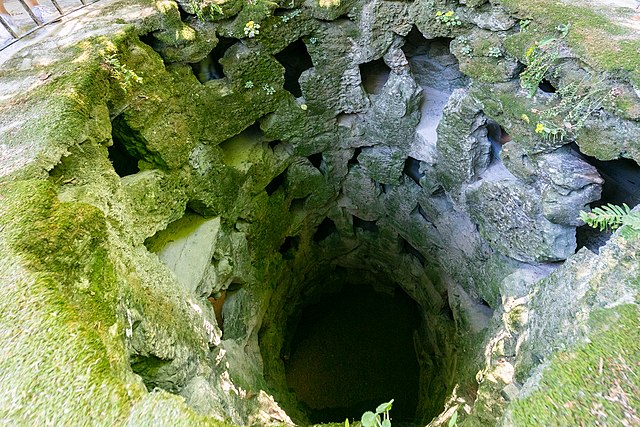
Perhaps this second well was meant to resemble the Poço Iniciático and would have been included in the initiation – maybe to represent descending into hell and up in heaven à la Dante or to represent rebirth into the light – but it was never finished so we may never know.
Whatever the story behind the Initiation Well at the Quinta da Regaleira, it’s a remarkable piece of architecture bound to light up the imagination of all who visit.

